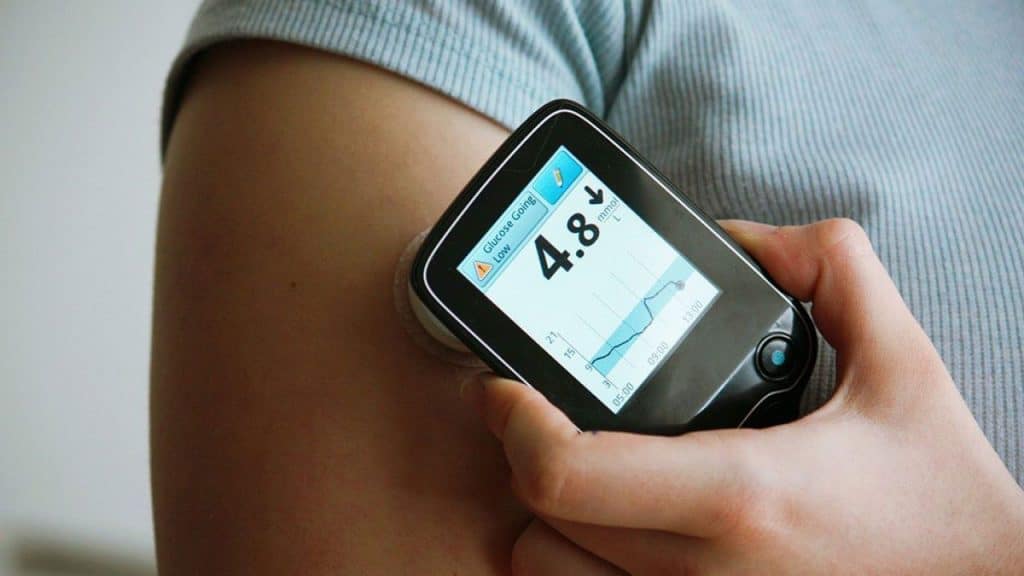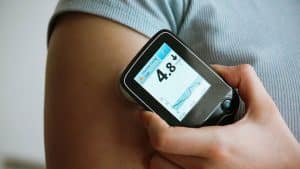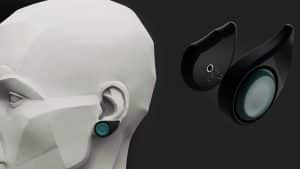You might think that continuous glucose monitoring (CGM) is something only for people with diabetes. After all, they’re the ones facing potentially fatal consequences if they get it wrong. However, even if you haven’t been diagnosed with a sometimes life-threatening disease, it can be useful to know what’s going on with your blood sugar (https://longevity.technology/lifestyle/controlling-blood-sugar-through-cgm/).
Modern wearables often include a glucose monitor alongside the traditional heart rate tracker, step counter and other tools. You can see when it spikes after eating a particularly sugary snack, or if it becomes dangerously depleted when you’ve been rushing around without eating properly. It can give you a good idea of whether your glucose levels are consistent or if there are worrying fluctuations.
If you have a headache or a dizzy spell, you’re feeling irritable or fatigued, or your heart rate isn’t quite right, it can be an indication that your glucose levels aren’t where they should be. Of course, these are all the kinds of generic symptoms that can have a wide range of possible causes. That’s why being able to easily check your glucose is so useful.
Sometimes problems with your blood sugar can be an early warning that you’re at risk of diabetes or other health problems. Sometimes they simply indicate that you might want to tweak your diet. Like the other measurements taken by wearable fitness trackers, they tell you about your current health so you know whether you want to adjust your lifestyle, and if so, how you should do it.
Foods that can cause glucose spikes aren’t always obvious. Yes, there are the traditional cakes, cookies and candy bars, but even some fruit juice has a particularly high sugar content. It’s natural sugar and it comes with a bunch of important vitamins, but it still needs to be factored into the overall calculus of how you balance your diet.
More fiber and fewer carbs (especially the over-refined kind). Olive oil instead of butter. Smaller portions. Eat your protein before your carbs when they’re part of the same meal (burger before fries, for example). Even without a monitor, these are steps you can take to try to keep your glucose levels under control.
Being aware of the current state of your health, including your blood sugar, is the first step in trying to improve it.




